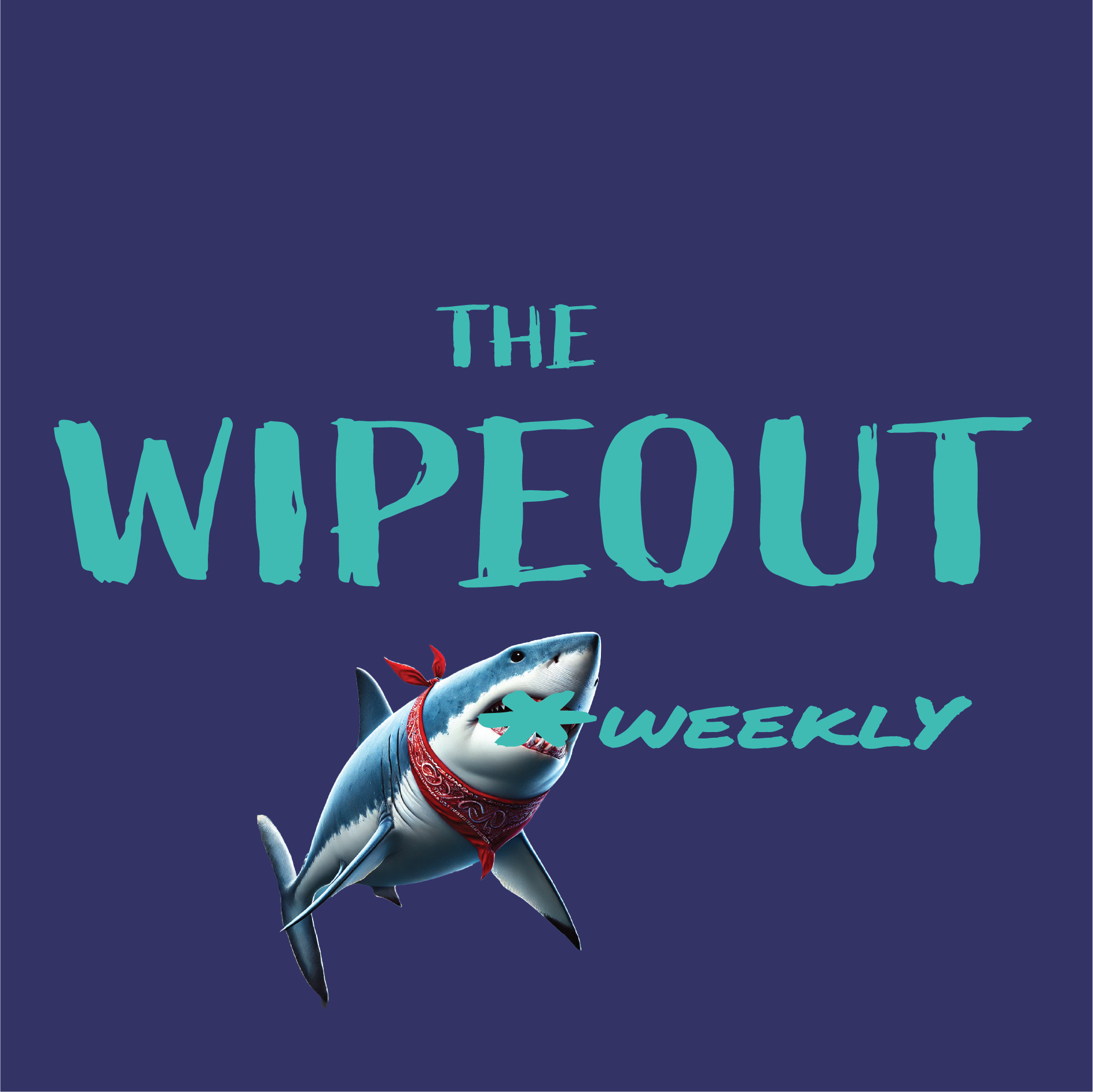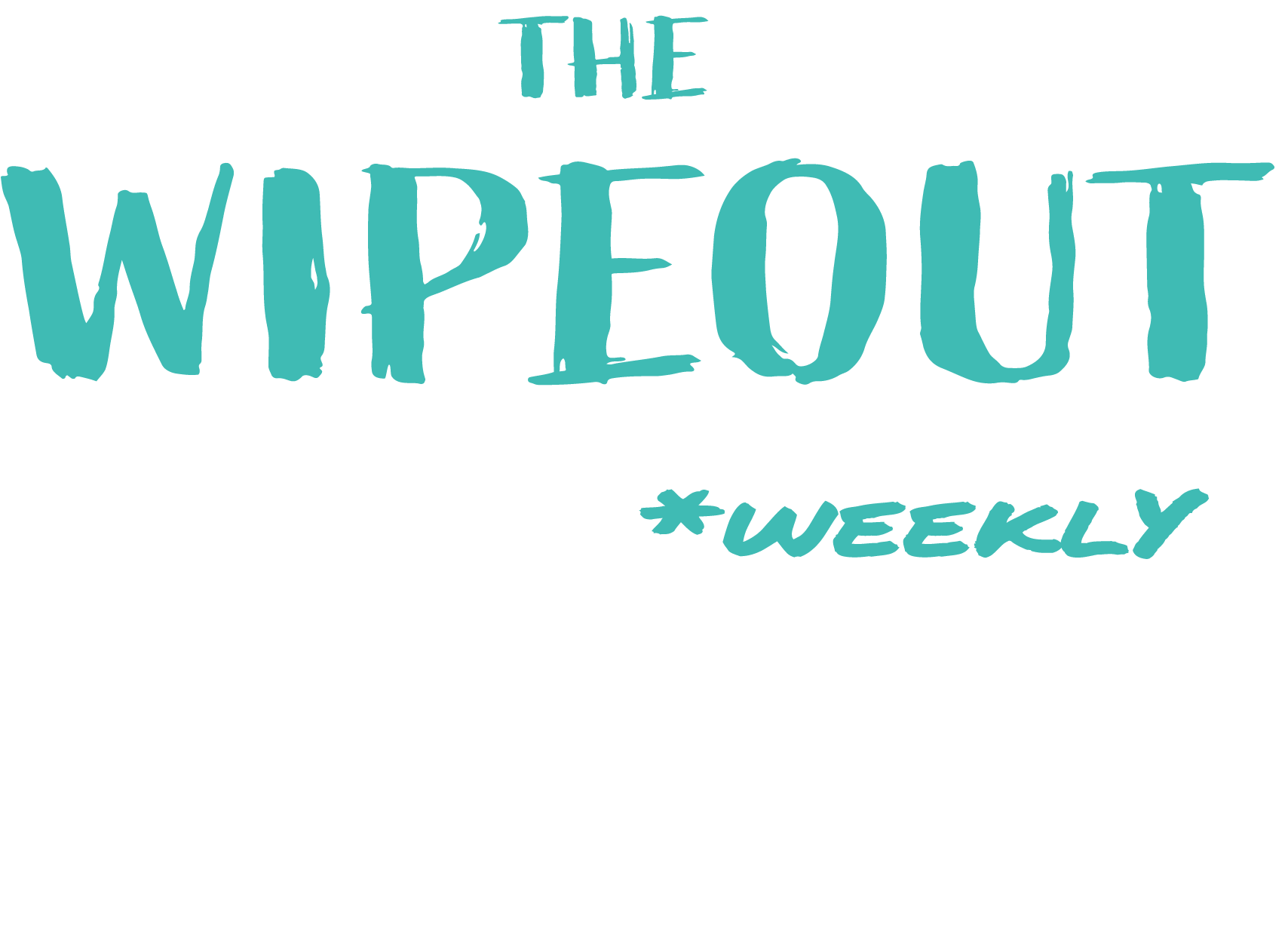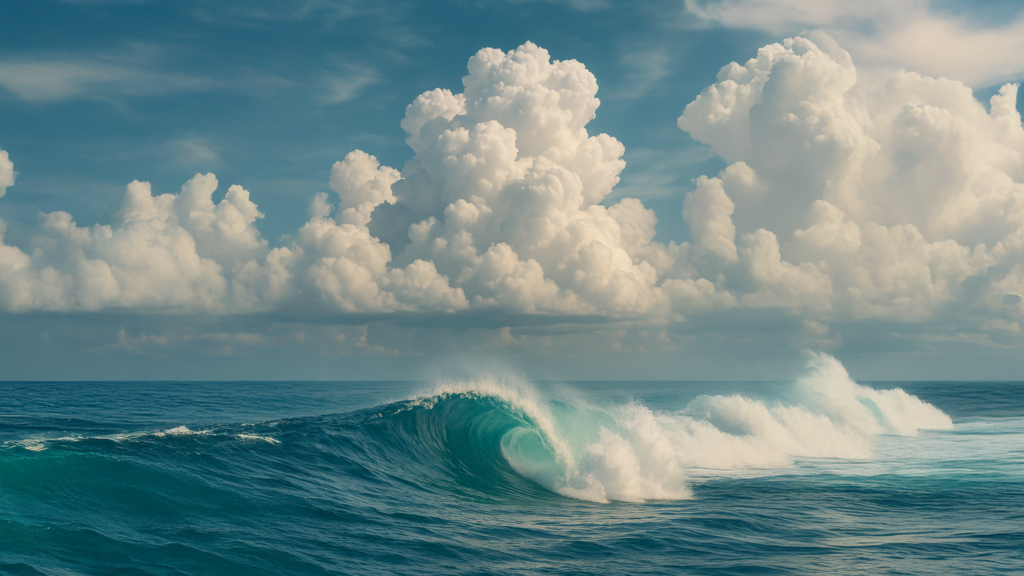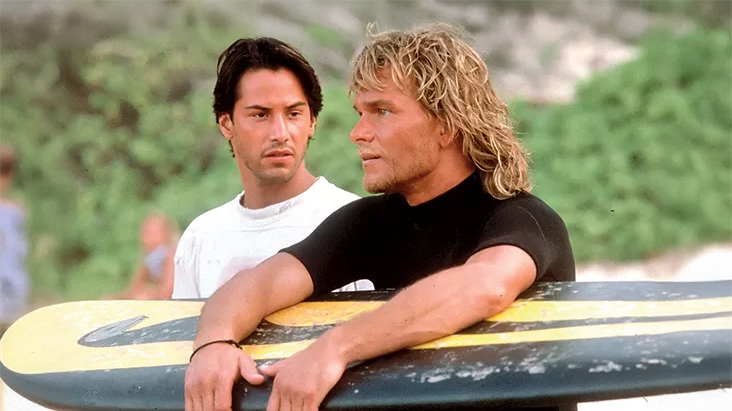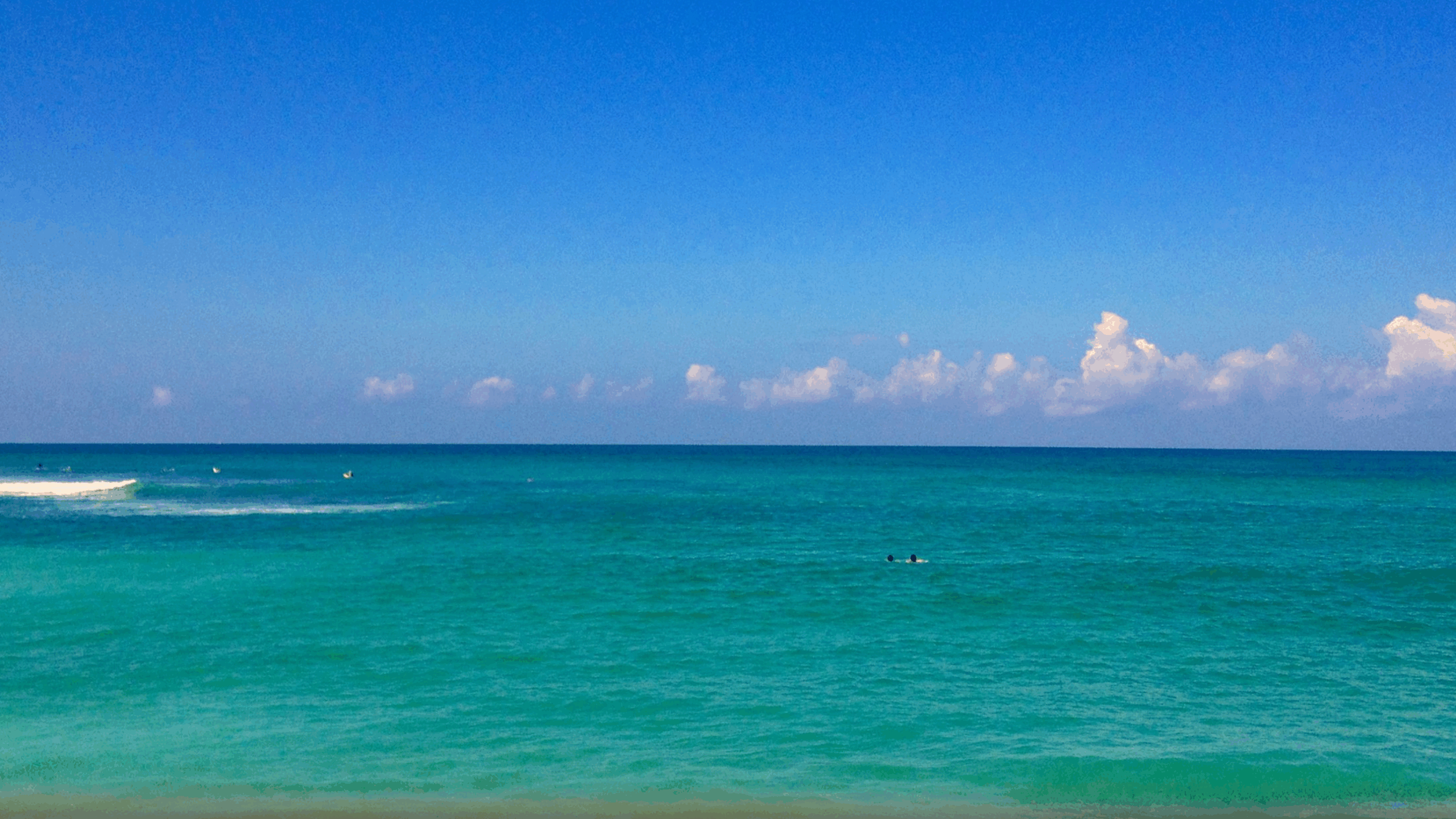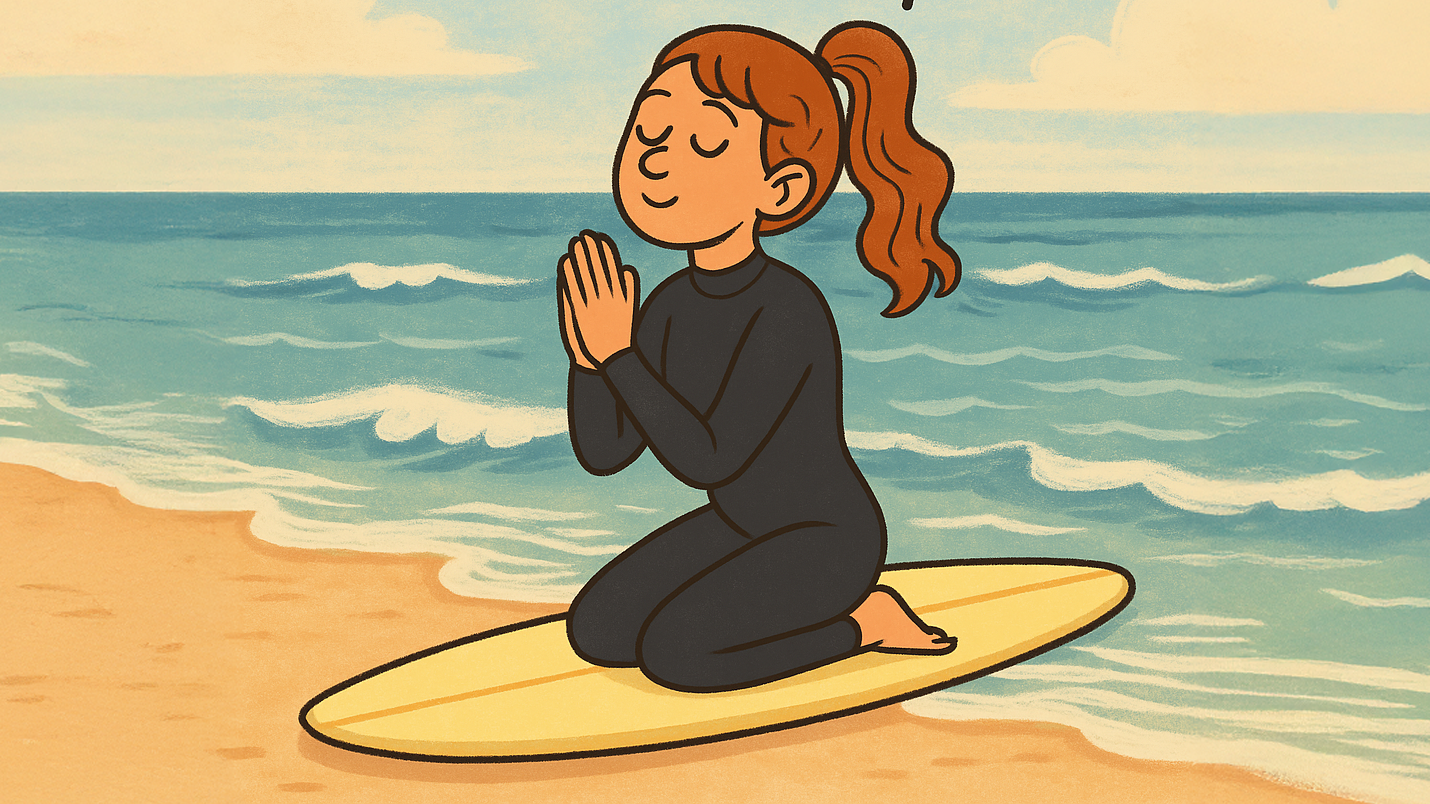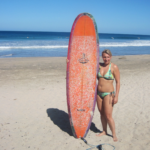Now Reading: Don’t lose your mind over the surf forecast
-
01
Don’t lose your mind over the surf forecast
Don’t lose your mind over the surf forecast

Kilojoules. Or, as my TikTok auto-captions call it: killer jewels. A measure of wave energy. It’s yet another factor in how good the waves are at your local surf spot. Should you care or not?
🧠 Why it took 50 posts to talk forecasts
As unbelievable as it is, it took us almost 50 published posts to get to the “how to read a surf forecast” one. Why? Because I detest surf forecasts almost as much as I detest not being able to pop up quickly. Surf forecasts almost ruined surfing for me.
🤷♀️ Not that kind of forecast hate
Not in the way you might expect. I’m not one of those surfers who call Surfline “Surflies” (hey, long-range forecasting is bloody hard) or complain about surf cams ruining secret spots. It is what it is—you can’t put the genie back in the bottle. Get over yourself.
❌ When the forecast starts controlling you
I’m talking about relying on the forecast so much that you stop going out because the conditions never seem “good enough.” And that’s idiotic, especially when I still spend most of my time in the whitewash and can cycle to the break in 13 minutes to provide an eyewitness account.
🇬🇧 Flashback to surfing in the UK
When I started surfing back in the UK, we used to drive three to five hours just to get to a surf spot. We rarely cared what the forecast said (unless it promised howling winds and pouring rain), because surf trips were limited to weekends. You either surfed whatever the ocean served up on Saturday and Sunday, or you didn’t surf at all. Easy.
🌴 California made me soft
Moving to California spoiled me rotten… but thankfully, I’ve recently gotten over myself and simplified the way I consume surf forecasts.
🧭 The only 3 things Yyou should obsess over
Different conditions work differently for different breaks, and your comfort level will vary depending on where you surf. Focus on just three things to keep your wits about you:
- Wind
- Surf height
- Tide
💨 Wind: don’t wait for perfection
Yes, offshore winds (blowing from land to sea) deliver cleaner, better-shaped waves. But unless you live in Nicaragua, you’re going to deal with a lot of onshore (sea to land) or cross-shore winds. Still perfectly surfable.
It’s nice to enjoy no wind or just light wind (usually in the morning at most spots). But if you get obsessed with surfing only when it’s under 10 knots, you might surf 10 days a year if you’re in Europe.
🌊 Surf height: know your break
As for surf height: You might be comfortable with a 2–3 ft forecast at a slow-rolling reef break, but at a temperamental beach break, 2–3 ft can kick your ass.
🌒 Tide: it’s all about timing
And then there’s the tides: One beach might work best at high tide; another might totally close out. Some spots fire best on the push from low to high. Others—like my local one—do the opposite.
🧩 This is MENSA-level stuff
Understanding a surf forecast (which itself may not be as accurate as you’d hope) is hard. We’ve only covered three variables and haven’t even touched primary and secondary swells, swell direction, swell period, or wave energy—all of which also affect surf conditions. In time, you’ll learn it all.
For now, don’t sweat it.
✅ Make it easy on yourself
Make it easy on yourself:
- Keep a journal of good sessions.
- Take a screenshot of the forecast after a good surf—that way you’ll know what a good day actually looked like.
- If you’re using Surfline, don’t just look at the tables and graphs. Read the analysis blurb. Tons of surf lingo in there—but hey, ChatGPT can translate it into something a 5-year-old would understand if you get stuck. 😜
🚨 “Fair” = crowds
Finally, remember this about Surfline’s surf ratings: When surfers see “Fair,” they show up in droves, especially at popular breaks like, let’s say, Malibu. Fair = crowds. I do love some “poor to fair”. 😂
